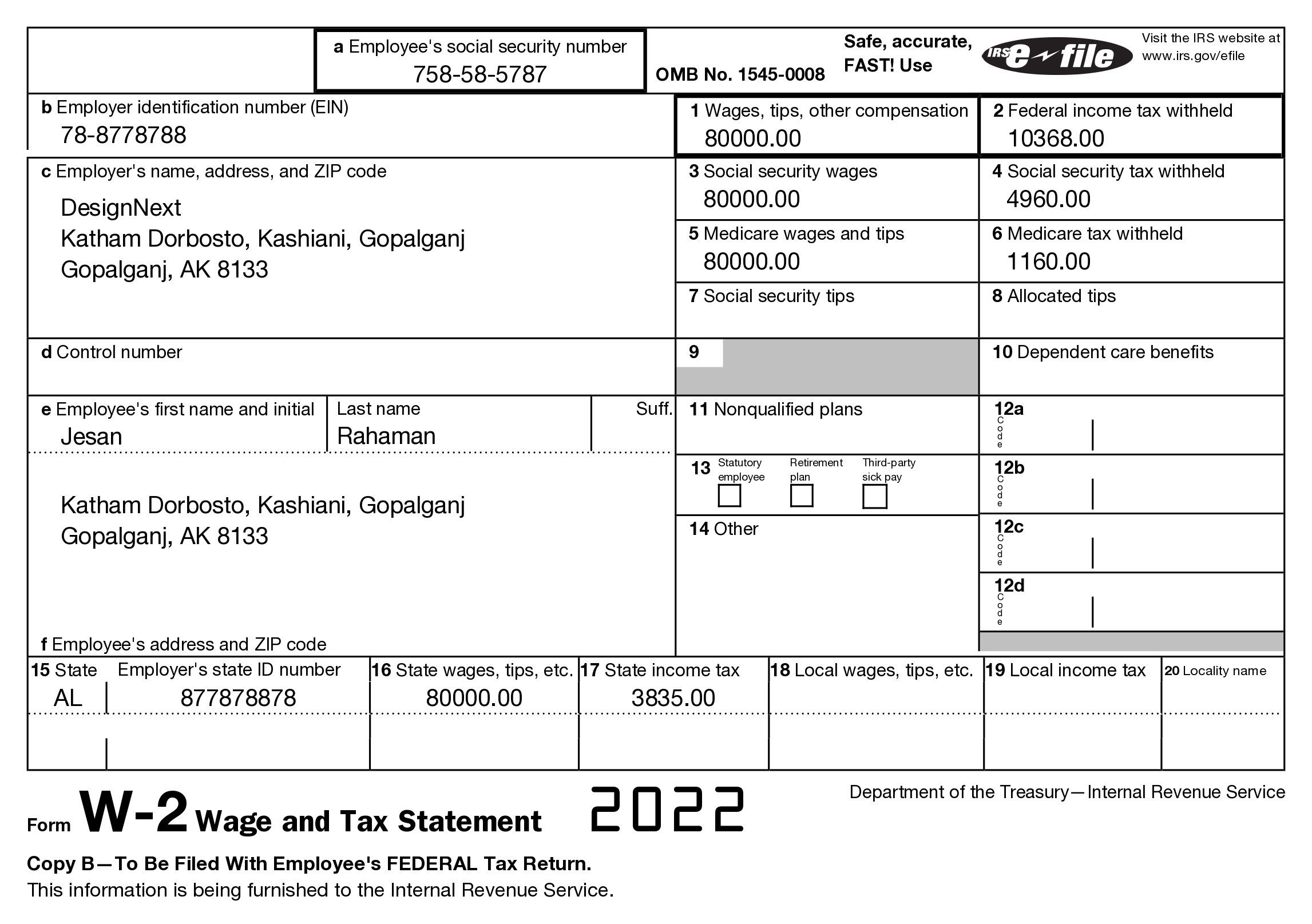
Mastering the Art of Cutting a Fade: Effective Techniques for a Modern Look in 2025
Understanding Fade Haircuts and Their Popularity
Fade haircuts have become a staple in men’s grooming, offering a stylish and modern look that suits various hair types and personal styles. The fade haircut integrates different lengths and textures, providing an elegant transition between close-cropped hair and longer styles above. This versatility makes it applicable for every occasion, from casual outings to professional settings. In 2025, the trend is leaning towards more intricate and personalized fades, showcasing the skill of the barber and unique personality traits.
Choosing a fade haircut means embracing a technique that is not only fashionable but also empowers personal expression. As you explore fade options, it’s essential to understand the various styles available, as well as the techniques for achieving the perfect fade. This article will guide you through the necessary steps, tools, and insider tips to master the fade haircut in 2025.
From the best practices for cutting a fade to maintenance tips, you will find a comprehensive roadmap to perfect your skills in this popular haircut technique.
Check out this guide on fade styles for more insights!

Preparing for Your Fade Haircut
Before diving into the nuances of how to cut a fade, preparation is crucial. As with any haircut, understanding the client's hair type, preferences, and lifestyle is essential for a successful fade. This foundational step sets the stage for achieving a flattering and achievable look.
Identifying Hair Types and Textures
Start by assessing the hair texture: straight, wavy, curly, or coily. Each requires tailored fading techniques to ensure an even and stylish finish. For instance, curly hair often benefits from specific fading methods that highlight its natural coils without creating bulk.
Choosing the Right Fade Style
There are various fade styles, including low, mid, and high fades, each offering distinct looks. A low fade starts just above the ear, while a high fade starts near the top of the head. Consider the client's face shape when selecting a fade style; different styles can enhance or minimize certain features.
Gathering Necessary Tools
Equip yourself with essential tools such as clippers, guards, scissors, and a comb. Understanding the clipper settings for fades will aid in achieving the desired lengths. The right tools significantly impact the quality and precision of your fade cut, ensuring an even blend between lengths.
With the right preparation, you can confidently move on to the actual cutting process.
Step-by-Step Guide to Cutting a Fade
Building on the groundwork you've laid, it's time for the comprehensive cutting steps that will bring the fade to life.
Starting with the Base: Skin Fades
Skin fades involve cutting the hair down to the scalp in certain areas, creating a seamless transition to longer hair on top. Start using the clippers without a guard to achieve a clean baseline. Ensure you work in consistent motions, maintaining an even pace to avoid uneven spots.
Utilizing Blending Techniques
After establishing your baseline, switch to a higher guard to begin fading upward. Use a flicking motion to prevent harsh lines, focusing on blending the shorter sides with the longer top hair. This technique is crucial for achieving that modern, soft fade look.
Achieving Precision in Length Variations
While cutting, periodically check the length and symmetry on both sides. Use a comb to manage the hair while you cut, allowing for better visibility and control. Adjust clipper settings as you move through the fade to ensure the transition remains fluent.

These cutting techniques designed for precision will significantly enhance the quality of your fade haircut.
Common Mistakes and Troubleshooting
Even seasoned barbers can run into issues while cutting a fade. It's essential to be aware of these common mistakes and how to handle them effectively.
Over-Clippering and Creating Harsh Lines
One of the most frequent problems is over-clipping, which leads to harsh lines rather than a blended fade. If this occurs, return to your lower guard and gently blend the harsh line. Avoid rushing through the fade, as patience ensures quality.
Imbalance Between Sides
An uneven fade can detract from the overall look. Always use a mirror to check both sides, and readjust as necessary. Consider using the fading tools and products designed for precision to help maintain balance as you cut.
Neglecting Client Communication
Lastly, maintaining open lines of communication with the client is vital. Ensure you check in with their preferences throughout the process. This builds trust and ensures they are satisfied with the intermediate results.
Maintaining a Fade Haircut
After achieving the perfect fade, educating your clients about maintenance is equally important. A well-maintained fade haircut extends the life of the style and keeps it looking fresh.
Regular Trims and Upkeep
Instruct clients to return for regular trims every 3-4 weeks to maintain the fade. This helps prevent the fade from becoming too long and unmanageable. Regular upkeep ensures that the precision of the cut remains intact.
Using the Right Hair Products
Advise your clients on products that work well with their hair type. For textured or curly hair, recommend lightweight hair creams that provide hold without added weight. For other hair types, a light pomade or wax can enhance the style while maintaining a natural appearance.
Styling Techniques for Everyday Looks
Show clients how to style their fade for different occasions, whether casual or formal. This practical advice enhances their overall grooming experience and encourages a long-term relationship with your barbershop.
Conclusion: Perfecting the Fade Look
By mastering the art of cutting a fade, you not only enhance your barber skills but also offer clients a look that perfectly suits their individual styles. Remember, the combination of preparation, technique, and maintenance forms the foundation of a great fade haircut. Stay updated with current trends, and don't hesitate to adapt your techniques to meet the evolving demands of the style.
For further reading on related topics, be sure to visit this comprehensive fade haircut guide to continue developing your expertise in this essential barbering skill.